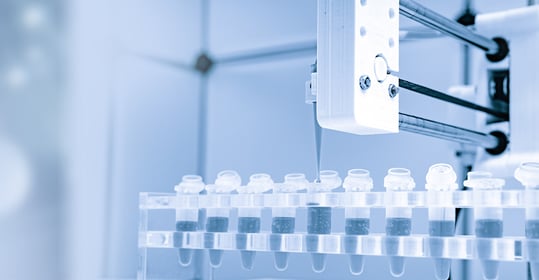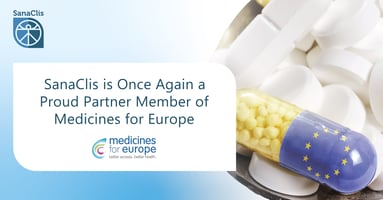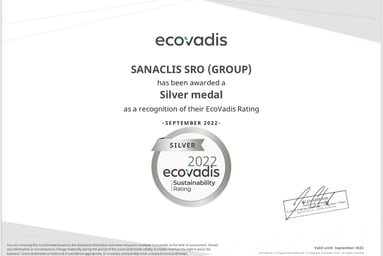2 minute read
Medicines for Europe signifies the pharmaceutical companies supplying the major share of medicines across Europe and acts as the voice of...
2 minute read

Breakthrough innovations in cell and gene therapies (CGT) have significantly increased our ability to treat and cure illnesses! They have similar therapeutic goals which target DNA or RNA inside or outside the body and both aim to modify the genetic material for treatment of a disease. Cell and gene therapies are commonly recognized as a transformational catalyst in modern medicine and have the huge potential to stop or slow the effects of disease by targeting them at the genetic level. Once the genetic driver for a disease is discovered, patients can then be molecularly matched to the right therapies, thus providing longer-lasting effects than many other traditional medicines.
Without a doubt, the market is expected to grow dramatically in the coming years as cell and gene therapies have made impressive clinical progress. Many biotech and pharma companies are making big investments in that space as they strive to capitalize on the next paradigm shift in therapies.

A COMPLEX JOURNEY
The question remains, however, of how to make supply chain more achievable on a global scale. From a global perspective, differences between countries and regions with different regulatory frameworks for gene therapy products constitute challenges to sponsors with multinational development programs. Different timelines, documentation and study requirements and regulatory pathways exist across regions. For example, expectation for environmental risk assessments and genetically modified organism applications may vary within members state in the EU, resulting in a maze of requirements, although the EU, US and Japan are in the forefront of the CGT race and have made significant advances in developing regulatory frameworks for gene therapies.
These new frontiers and major leaps in personalized medicine are also stretching skill sets as they require a fundamental shift in supply chain operating models. The necessary requirements for handling and moving living therapies are numerous and very challenging. They need to be both time and temperature sensitive, have continual transportation available at ease and ultra-cold storage to ensure the safety of the product.
Researchers in the cell and gene therapy sector rely on a logistical supply chain that must perform to the highest clinical standards in order to deliver life-changing treatments for some of the world’s most severe conditions. There is no room for error as any hiccups in the efficiency of the supply chain could have major, potentially life-treating consequences for the patients. Once the patients are eligible, there is in some cases a mere 30-hour time slot, where the product should be delivered to the point of care and administrated. Forming a supply chain to fully support cell and gene therapy needs extensive knowledge, vast expertise, and a deep understanding of each of the individual components. Supply chain providers must possess deep knowledge in dangerous goods classifications, QP requirements, packaging, documentation, declarations, regulatory, import-export license assistance and customs compliance for all materials involved in cell and gene therapy clinical trials. Validated transportation documentation, labeling and packaging design will prevent unnecessary delays

TURNING TO TRUSTED PARTNERS
When choosing a supply chain partner, sponsors must look beyond the standard CRO services and address the logistical complexities required. Seeking specialized solutions, precise control processes and advanced technologies should be at the top of the qualifying criteria. An around the clock availability of the prospective partner should also be considered as the backbone for a distribution model as well as the ability to track and verify the chain of custody.
In order to become a trusted partner of choice, logistical support service providers need to establish partnerships with vendors who can deliver on the key raw materials. They must also have a seasoned core team and a close-knit relationship with labs, clinicians, and manufacturers to ensure they can deliver the products effectively and efficiently so the patient will get treatment on time.
BRIDGING CAPABILITY GAPS
In conclusion, meeting market and patient demands remains a challenge, but radical advances are achieved each day. Simply put, previously locked possibilities can be opened through fruitful partnerships and continuous collaboration with the right vendor. Joining forces to streamline the planning and oversight from sourcing to shipping is what holds the key to reaping the CGT rewards.

2 minute read
Medicines for Europe signifies the pharmaceutical companies supplying the major share of medicines across Europe and acts as the voice of...

2 minute read
SanaClis has been awarded the prestigious Silver Medal, by EcoVadis, the world’s largest and most trusted independent provider of business...

2 minute read
We are thrilled to announce that SanaClis, a renowned leader in the pharmaceutical R&D industry, has become an esteemed partner of the...